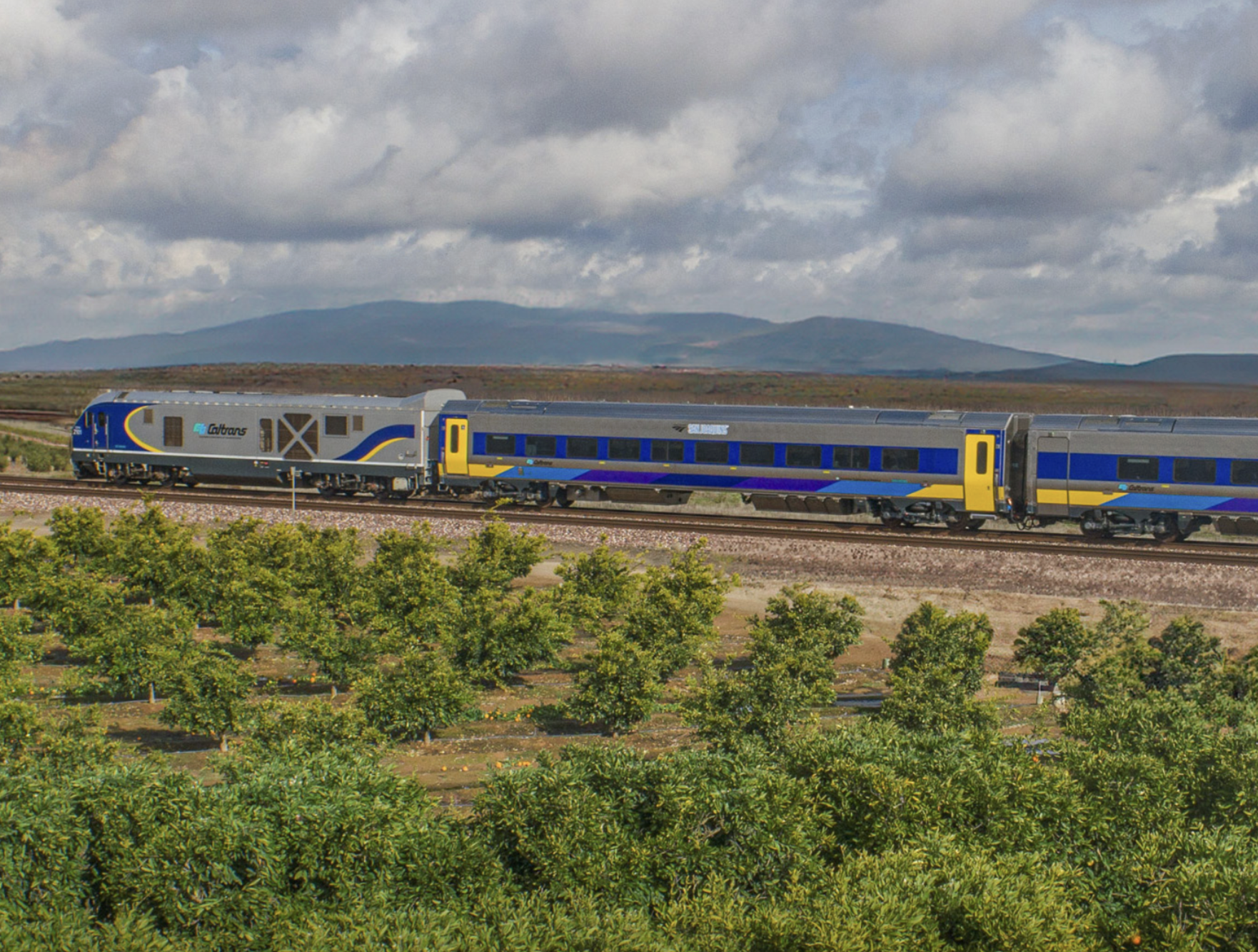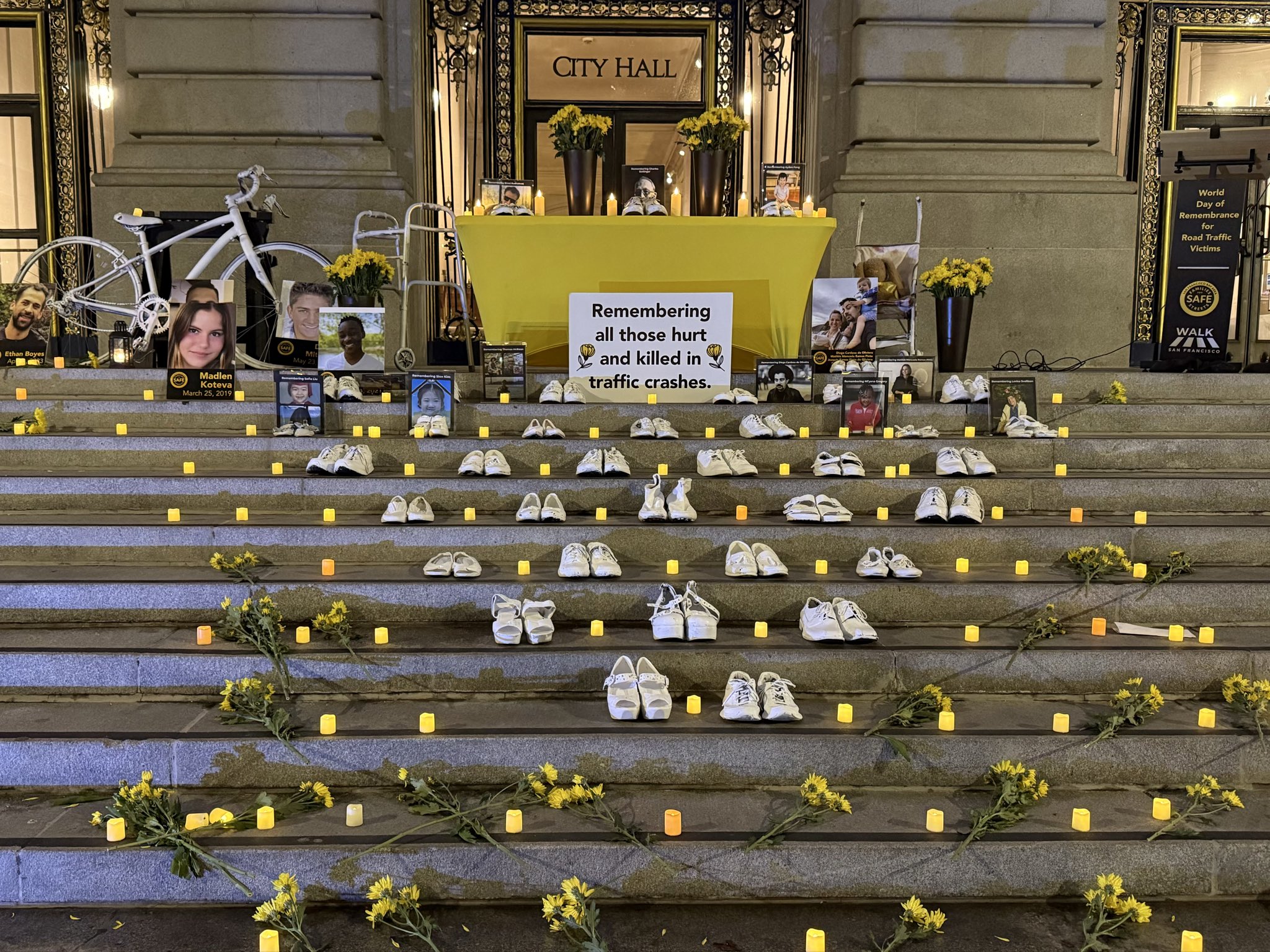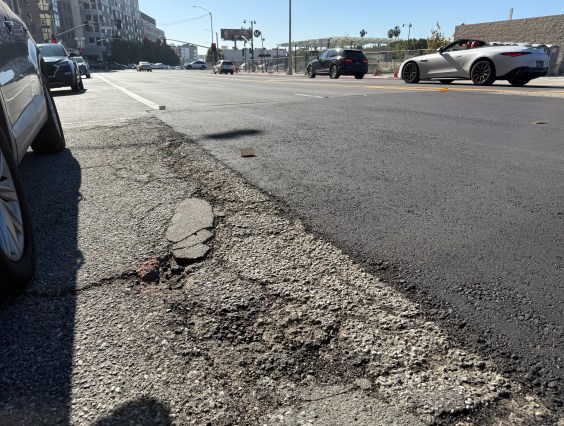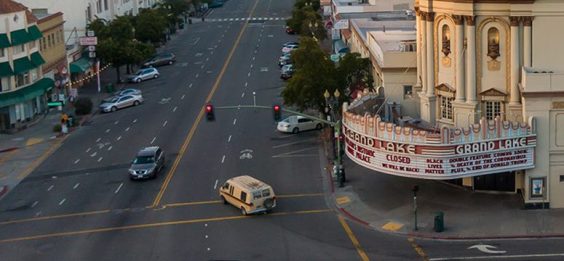The California State Rail plan update has been released, offering a long-range vision for state investments in connected passenger and freight rail corridors. The highlight of the plan is a vision for a fully electric, fully connected passenger rail network throughout the state, including intercity, regional, and local transit systems and the connections between them. The plan also features a statewide network diagram, and a full list of infrastructure projects, including many that are already underway.
Projects totaling more than $65 billion of federal, state, local, and private investment will be completed in the next ten years, according to the plan. That includes more than 440 miles of electrification via overhead wire (along the Caltrain corridor on the San Francisco peninsula and the high-speed rail corridor in the Central Valley), and "the introduction of the first zero-emission mainline trains." (Note that the authors of the plan still refer to hydrogen engines as "zero-emission" trains.)
"Funding has already been identified for these projects, and in many cases, construction has already begun," according to the plan.
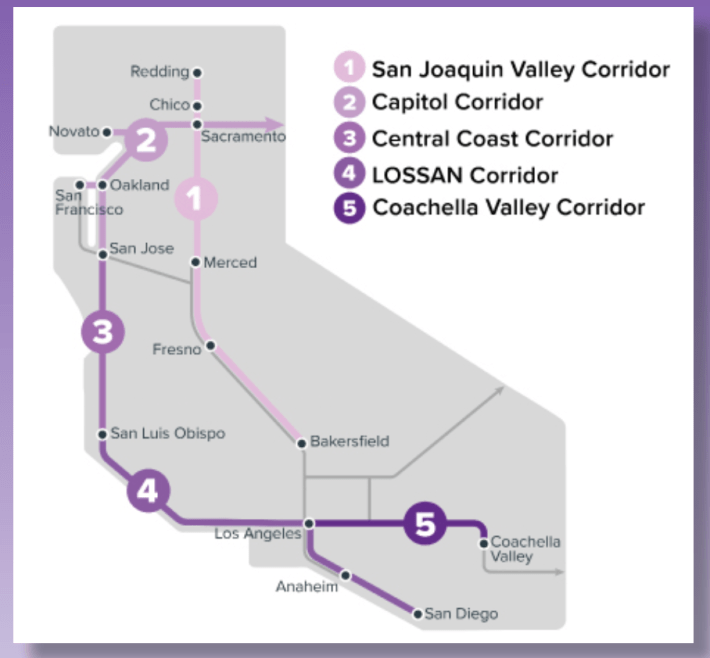
It's an ambitious plan, and one worth getting excited about, especially given the projects already underway and the funding that has been identified. "The state envisions passenger rail and transit, which combined currently serve only two percent of miles traveled in California, to increase to twenty percent of all miles traveled by 2050 on a zero-emission fleet," says the plan. "This would shift nearly 200 million daily passenger miles from highways to the statewide rail and transit network, significantly reducing road congestion and carbon pollution."
Such a shift would be accomplished by creating a statewide rail system that offers "many more connections for many more people, with more frequencies, on a largely electrified rail network that can be operated far more efficiently than the services in operation here today."
It won't come cheap - the plan assumes a direct capital investment of $310 billion from local, state, federal, and private funding - but the return would be enormous (estimated at over $540 billion by 2050, including significant job creation).
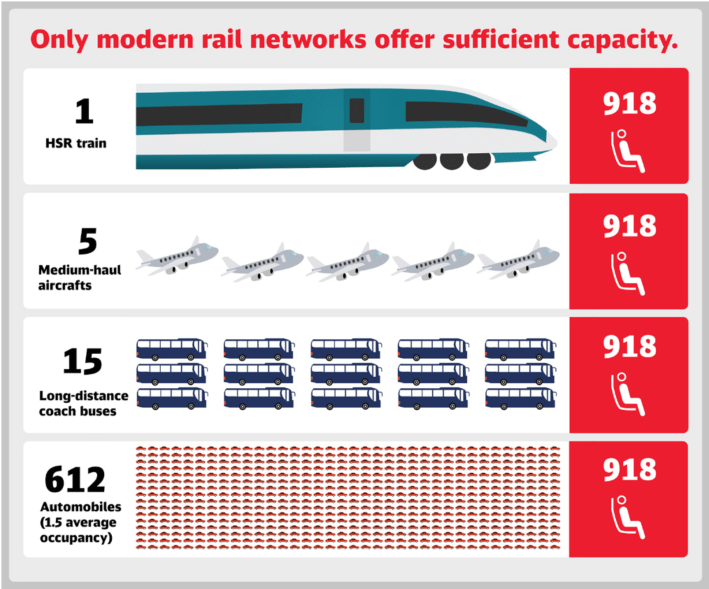
The State Rail Plan is worth a deep dive (see it here, and here is a quick fact sheet). Two things jump out upon a quick scan:
First, it assumes that Caltrans will take on a major leadership role, including owning and maintaining the state rail fleet and coordinating among regional systems. This could help Caltrans shift away from its current we-build-highways culture and allow it to become a true state Department of Transportation, not just a department of road maintenance and obstacle to safety changes.
Second, this plan envisions a fully electrified Northern California corridor, which has been part of the Capitol Corridor's vision for some time. The state's long-term vision for the "Sac-OAK-SF-SJ Mega Corridor," from Roseville north of Sacramento through the Bay Area, includes corridor modernization, sea level rise mitigation, and service expansion. Specific project upgrades include an extension to Roseville, grade separation at Jack London Square, Carquinez crossing upgrades, overhead catenary, and a new transbay crossing with service to San Francisco.
The vision for overhead catenary, especially on this corridor, is most welcome. It is so much better than what earlier drafts had concluded - that overhead wire was too expensive, and that it would be cheaper for the state to invest in (unproven, not zero-emission) hydrogen-fueled trains (a point of view which was kind of fun to debunk, tbh).
But this final draft declares that "California is committed to building a zero-emission rail system, including overhead electrification segments, as well as use of battery-electric and hydrogen fuel cell technologies."
"By 2050, the State Rail Plan envisions approximately 1,500 miles of overhead electric power on our busiest and high-speed rail segments, including segments that connect the state to Las Vegas and Arizona."
"All propulsion options are under evaluation for converting the fleet to zero-emissions, including hydrogen fuel cell, battery-electric, wayside electrification, and overhead catenary wire configurations," it emphasizes. Unfortunately, though, the plan's authors go on to insist that "hydrogen fuel cell technology is currently the most practical option to help California begin its zero-emission rail transition," which is far from true.
But this continued insistence on hydrogen electrification is a benefit for the nuclear power industry, which was recently thrown a lifeline by the Biden Administration's decision to give federal tax credits to some hydrogen development projects. That is, hydrogen production that uses power from nuclear facilities otherwise threatened with shutdown, like Diablo Canyon, will profit from those credits.
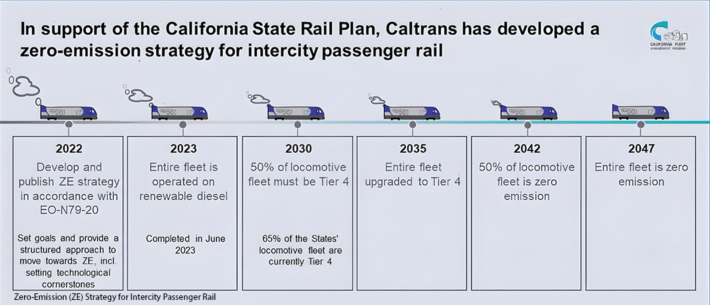
In the end, though, this plan is just a plan. It lays out a mostly wonderful vision for a future of connected rail service, and it can guide future investment. The projects that are currently underway - including new intercity rail in the greater Los Angeles area, high-speed rail, the Brightline, redesign of L.A.'s Union Station, and new rail connections in the Central Valley - will likely also spur more investments and interest. That's happened dramatically on Caltrain's newly electrified corridor on the San Francisco Peninsula, where ridership soared after the new service began.
But we're heading into what is likely at least four years of strong resistance from the federal government, so when and how those future investments are made remains to be seen.
